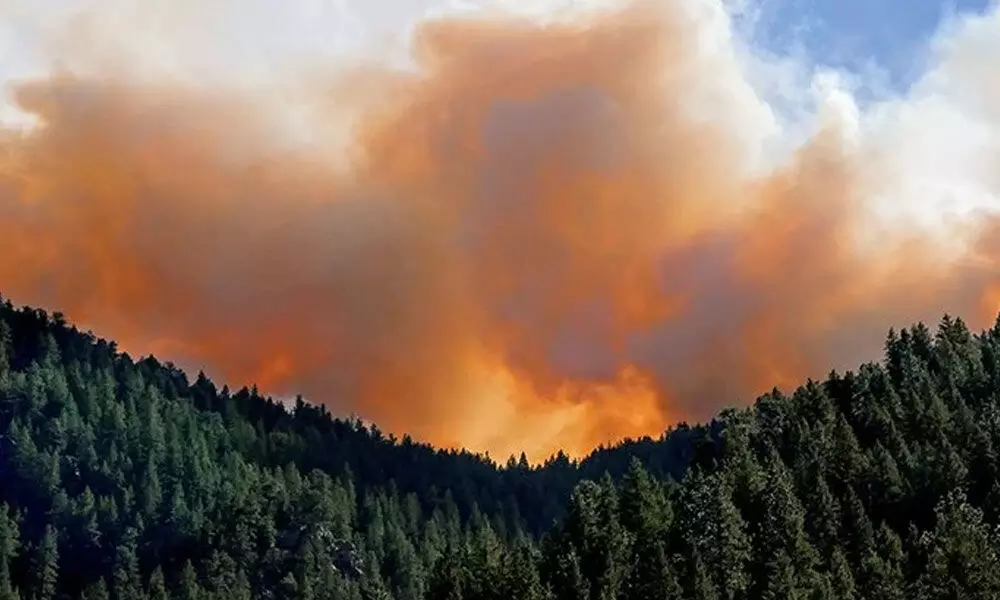Study Reveals That Wildfires Are Causing Stray Tree Species To Move More Quickly

Study Reveals That Wildfires Are Causing Stray Tree Species To Move More Quickly
- Plants and trees pick whether to put down their roots depending on the surrounding environment and while the world's climate changes, trees, and other vegetation are moving around movements accentuated by the expansion of wildfires.
- This migration isn't exactly slow for plants crawling progressively into higher elevations, averaging roughly 1.5 meters (or around 5 feet) per year.
According to recent research, plants and trees pick whether to put down their roots depending on the surrounding environment and while the world's climate changes, trees, and other vegetation are moving around movements accentuated by the expansion of wildfires.
As the planet heats, tree and animal species are projected to migrate to cooler, wetter areas in search of conditions more conducive to development and reproduction. This migration isn't exactly slow for plants crawling progressively into higher elevations, averaging roughly 1.5 meters (or around 5 feet) per year. If wildfires are assisting some species in getting ahead of others, it's an essential topic for forest management and preservationespecially since scientists are still learning about the processes that cause tree wandering.
Researchers looked at the distances between adult trees and fresh seedlings in 74,069 forest plots spanning nine states in the western United States to assess how rapidly tree species were migrating from one site to another. Two species notablythe Douglas fir and the canyon live oak showedhints of larger alterations in areas damaged by wildfire as opposed to areas that hadn't been burnt in recent years.
Although this study doesn't go into depth about why this is happening, the researchers believe that species like the canyon live oak have an edge since they can sprout quickly after a fire. A wildfire, when combined with the damage of the canopy, may favor some migrating plant species over the others.
Pieces of evidence had been traced that certain trees can't keep up with climate change, perhaps leaving some species stuck in unsuitable habitats since they can't travel to newer places quickly enough. Controlled burning, for example, could help in this situation. Low-intensity, small-scale fires can be artificially sparked to control wildfires and manage forests, and they may also play a major role in climate change adaptation. However, as the researchers point out, the evidence is currently insufficient. Different tree species will react differently, and the effects of wildfires extend far beyond tree migration, necessitating more in-depth research.

















